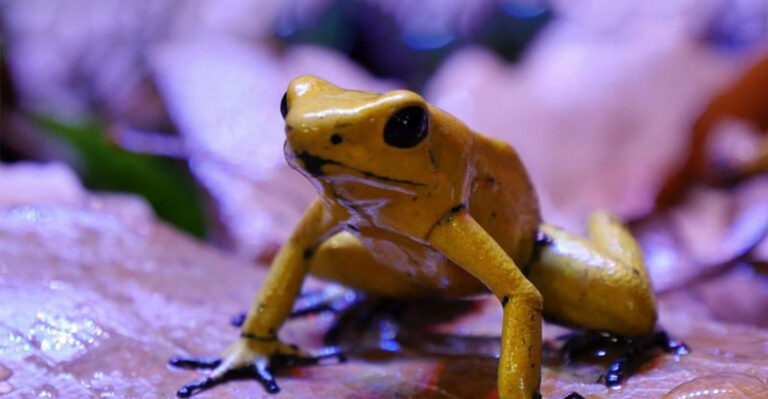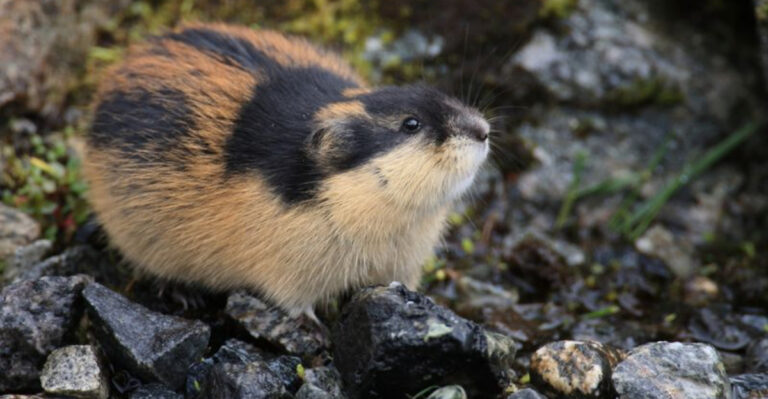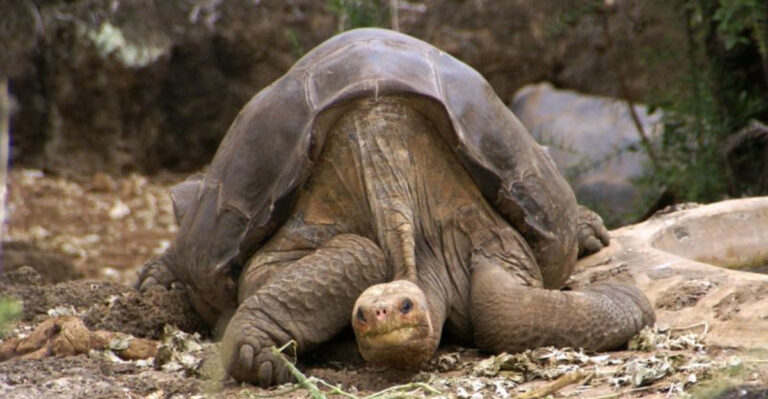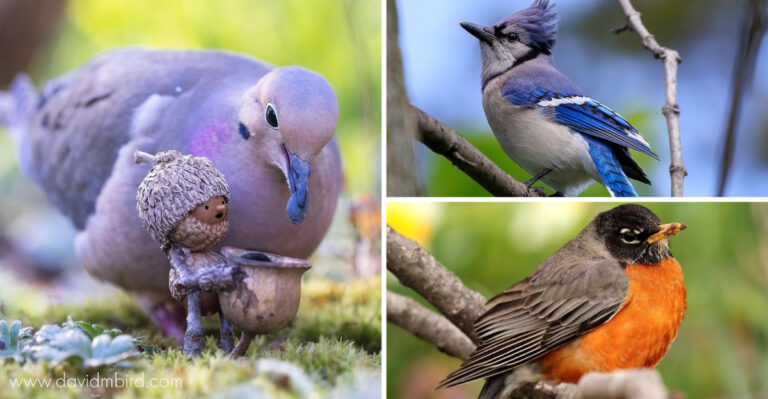Conservation Efforts Help Species Survive Amid Declining U.S. Biodiversity
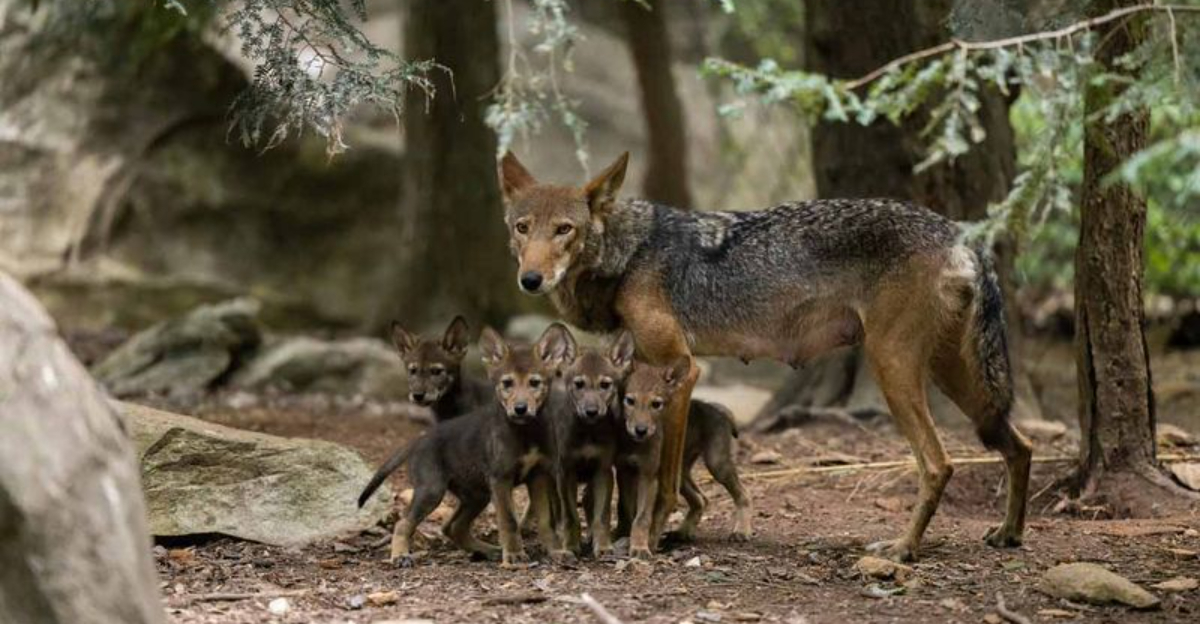
Our natural world is changing fast, with many plants and animals disappearing at alarming rates across America. Despite these challenges, conservation heroes are working hard to protect endangered species and restore damaged habitats.
These success stories show that when we take action to protect nature, animals and plants can bounce back from the brink of extinction.
1. Endangered Birds Take Flight Again
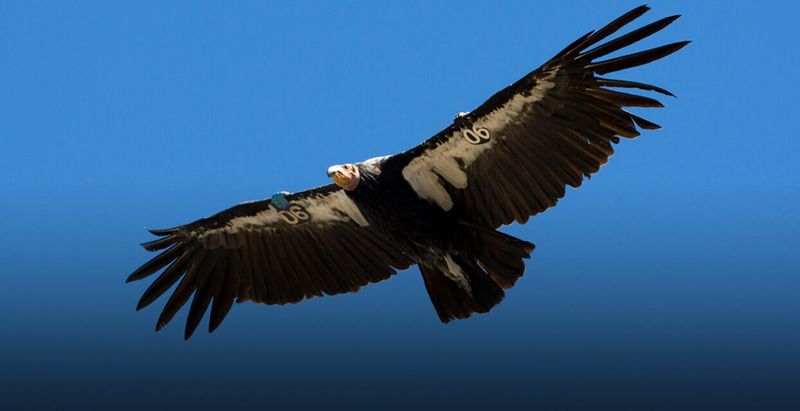
Once down to just 22 birds in the wild, the California condor now soars with over 300 individuals thanks to captive breeding programs.
These massive birds, with 9-foot wingspans, were nearly wiped out by lead poisoning and habitat loss. Their comeback represents one of America’s most dramatic wildlife rescue stories.
2. Black-Footed Ferrets Return To The Wild
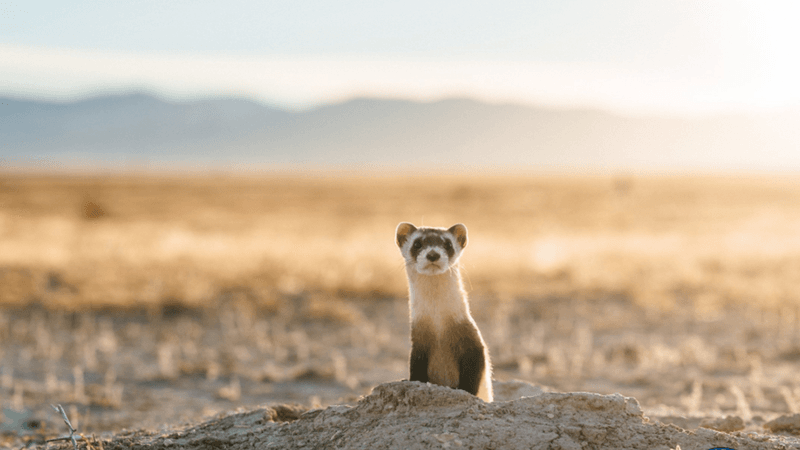
Thought extinct until 1981 when a ranch dog named Shep brought one home, these masked prairie hunters have made an incredible comeback!
Intensive breeding efforts have helped release over 4,000 ferrets into their native grassland homes. Though still endangered, their population continues to grow across the western states.
3. Wolves Return To Their Range
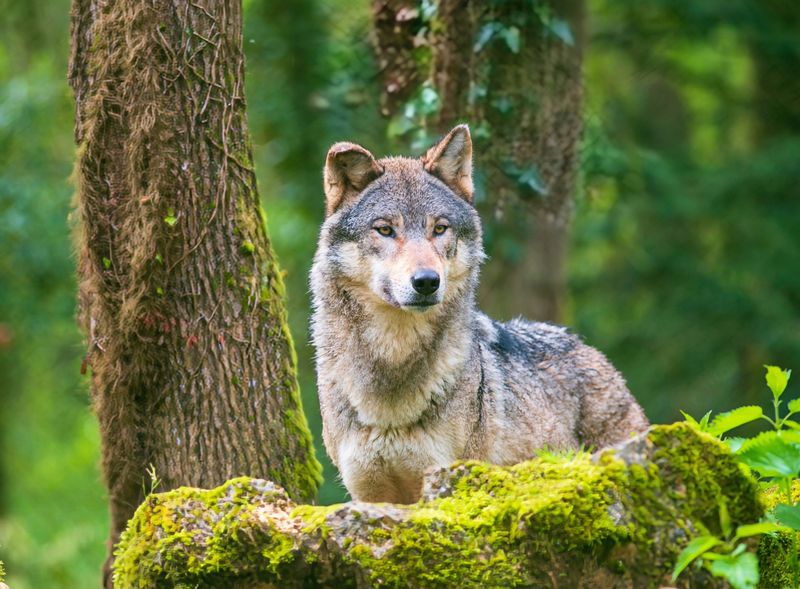
Howling has returned to Yellowstone! After wolves were reintroduced in 1995, the entire ecosystem transformed in what scientists call a “trophic cascade.”
Rivers changed course, beaver populations exploded, and plant communities flourished. From just 41 wolves released, over 500 now roam the Northern Rockies, showing nature’s amazing ability to heal.
4. Coral Reefs Show Signs Of Recovery

Against all odds, Florida’s coral nurseries are bringing new life to dying reefs! Underwater gardeners hang coral fragments on special trees where they grow before being transplanted to damaged areas.
The innovative technique has already restored acres of reef habitat. These living laboratories demonstrate how human ingenuity can help nature’s most vulnerable ecosystems adapt and survive.
5. Wetlands Get A Second Chance
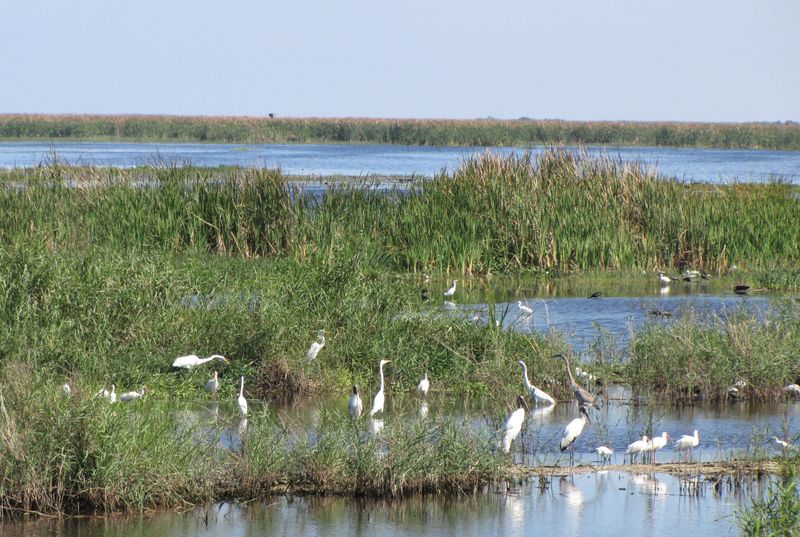
Remember when the Everglades was being drained for development? Now America’s largest wetland restoration project is reconnecting water flows across this unique landscape.
Wading birds have increased by 30% in restored areas. Water quality is improving too, proving that even severely damaged ecosystems can recover when we remove barriers and let nature’s processes resume.
6. River Systems Are Restored

Watching salmon leap up the Elwha River would have been impossible just a decade ago. After removing two massive dams, this Washington waterway flows freely for the first time in 100 years!
Fish populations exploded from a few hundred to over 4,000 spawning salmon. The river’s revival shows how quickly nature can bounce back when we remove human-made obstacles.
7. Pollinators Find Safe Habitats
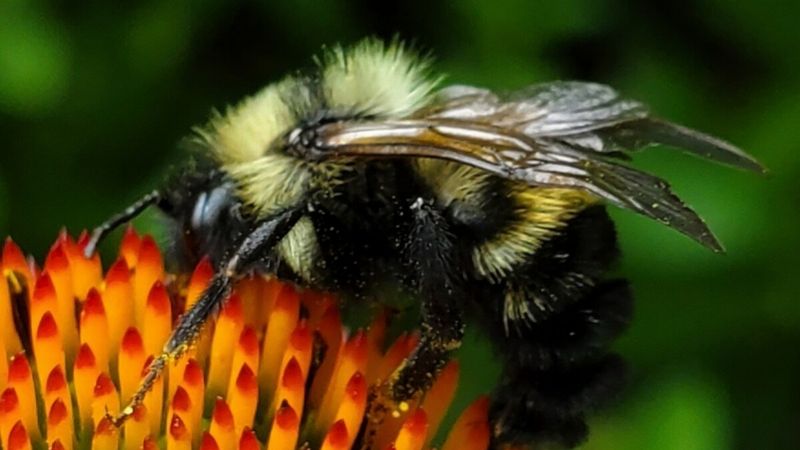
From rooftop gardens to highway medians, bee highways are buzzing across America! These connected flower patches give pollinators safe travel routes through urban areas.
The rusty patched bumble bee, once common but recently endangered, is now finding new homes in these corridors. Simple actions like planting native flowers create lifelines for creatures responsible for one-third of our food.
8. Sea Turtles Reclaim Nesting Grounds
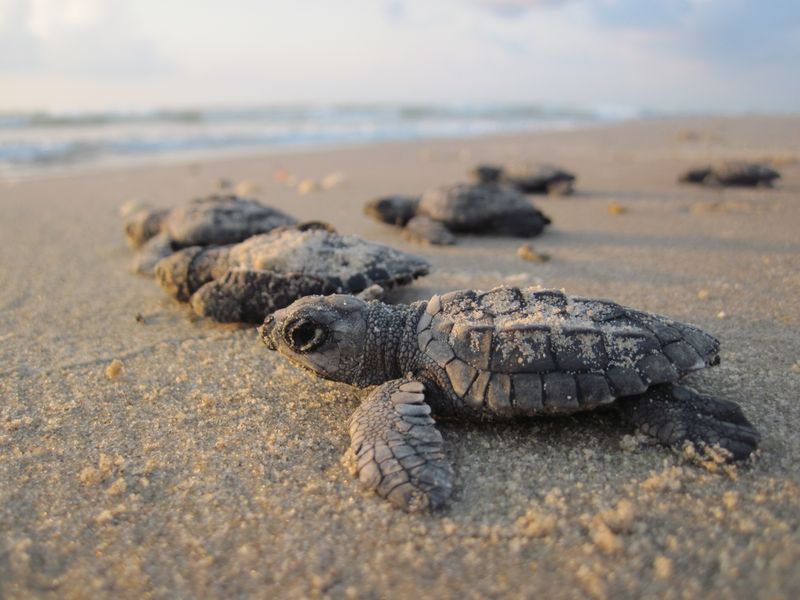
Under the cover of darkness, tiny turtle hatchlings are once again scurrying toward the ocean along protected beaches. Simple solutions like turtle-friendly lighting and nest protection have made a world of difference.
The Kemp’s ridley sea turtle has increased from just 200 nesting females to over 7,000! Their recovery proves that even critically endangered species can rebound with targeted protection.
9. Forests Benefit From Fire Management

The giant sequoias have weathered natural fires for thousands of years, but today’s megafires threatened even these ancient giants. Now, controlled burns mimic nature’s cleaning service.
By carefully reintroducing fire, forest managers clear dangerous underbrush while leaving mature trees unharmed. This traditional practice, borrowed from Native American stewardship, creates healthier, more resilient forests.
10. Prairie Ecosystems Slowly Rebuild
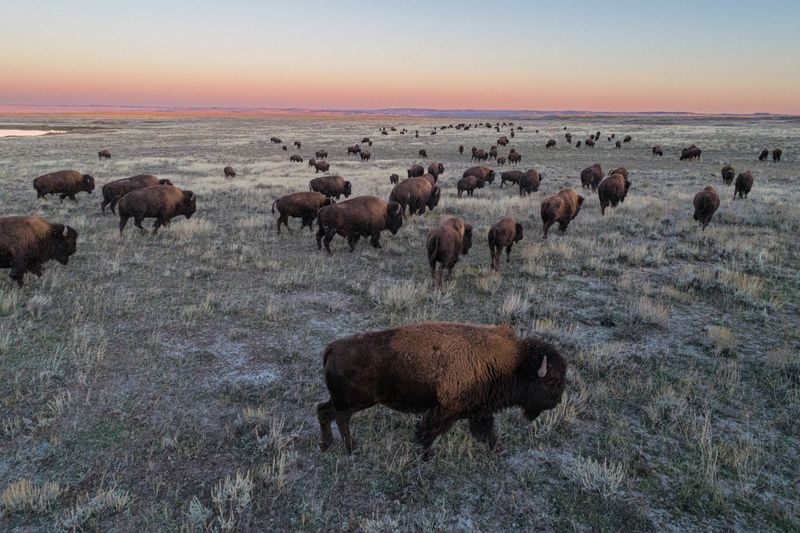
Imagine a sea of grass stretching to the horizon, home to bison and hundreds of plant species. That vision is becoming reality again as the American Prairie Reserve reconnects fragmented lands in Montana.
By purchasing ranches and reintroducing native wildlife, conservationists have already restored 400,000 acres. The ambitious project aims to create the largest nature reserve in the continental United States.
11. Rare Fish Populations Stabilize
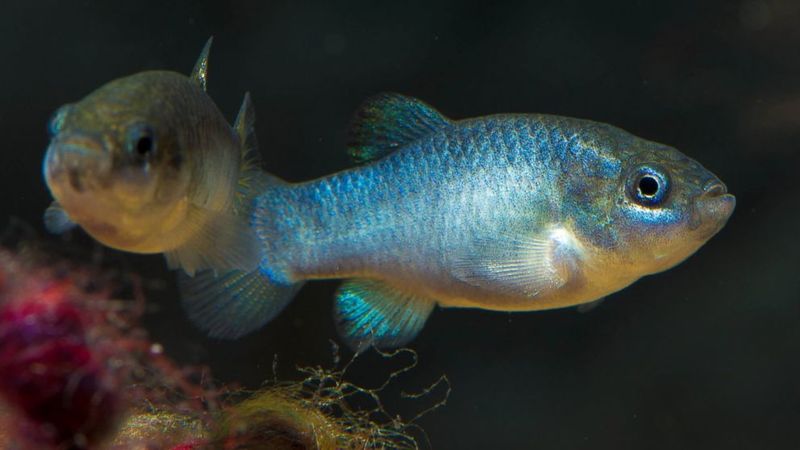
Swimming against the current, the tiny Devils Hole pupfish has survived in a single desert pool smaller than your living room! With fewer than 100 fish remaining, scientists created a replica habitat nearby.
This “ark” population provides insurance against extinction. Similar efforts have helped the Colorado pikeminnow and razorback sucker recover in southwestern rivers, proving that specialized approaches can save even the rarest species.
12. Captive Breeding Boosts Numbers

Behind the scenes at zoos across America, specialized breeding programs are creating modern-day arks for endangered species. The red wolf, extinct in the wild by 1980, now has over 250 individuals thanks to these efforts.
New genetic techniques help maintain diversity in small populations. For animals like the black-footed ferret and California condor, these programs represent the difference between existence and extinction.
13. Protected Lands Expand Nationwide
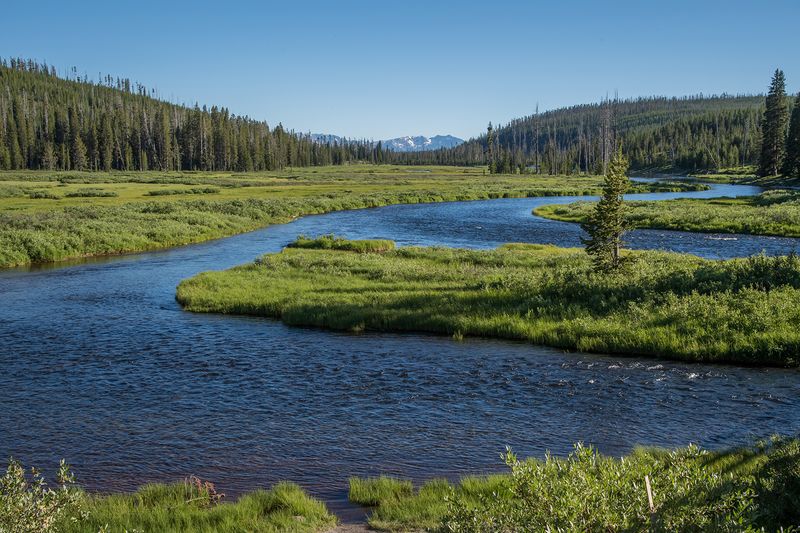
Every hour, America loses about 6,000 acres of open space to development. Countering this trend, the Land and Water Conservation Fund has protected over 5 million acres of natural areas.
From neighborhood parks to vast wilderness, these spaces provide crucial wildlife corridors connecting isolated habitats. The recent Great American Outdoors Act ensures permanent funding for this vital program.
14. Community Programs Drive Change

Schoolchildren in California are raising endangered salmon in classroom tanks before releasing them into local streams. This hands-on approach creates passionate young conservationists while helping fish populations recover.
Similar citizen science projects monitor everything from butterfly migrations to frog populations. These grassroots efforts show that conservation isn’t just for scientists – everyone can make a difference in protecting America’s natural heritage.

